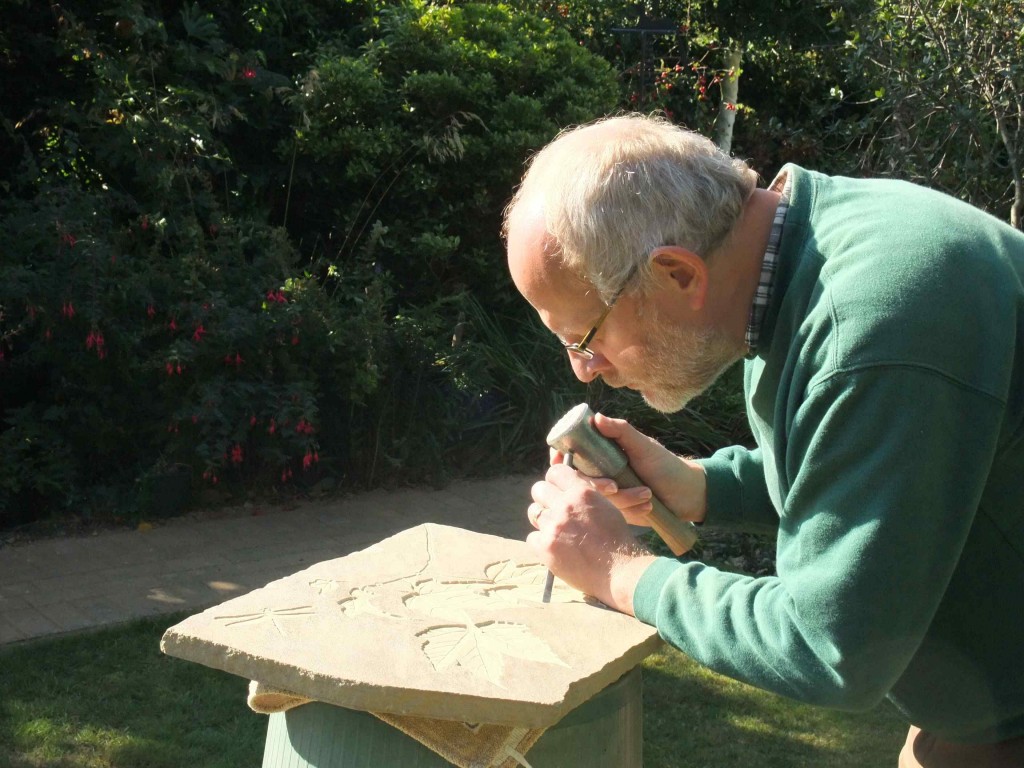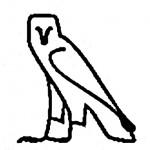Mick describes the why and how . . .
The Origin When two separate threads of your life come together and entwine, the outcomes can be very exciting.
In my case, a fascination for Ancient Egyptian art converged with a general curiosity about how things are made. The upshot was a desire to replicate — if I could — some of the stunning reliefs carved in stone or hard plaster on the walls of Egypt’s tombs and temples, or preserved in museums around the world.
The Materials Stone appeals to me in particular, because of its tactile and visual qualities, its weight, and its permanence. It is neither quick nor easy to work, but the results are highly satisfying.
In creating my replicas, I prefer to work at different scales and in different materials from the originals — not least because Tura limestone and Gebel es-Silsila sandstone are difficult to obtain in Britain! I use York sandstone, and fine Portland limestone from Dorset.
The Tools These are crucial. I avoid powertools; I prefer traditional handtools, which are simply the modern counterparts of ancient copper chisels and wooden mallets (but without the need to stop and resharpen the chisel every few strokes).
The character of a carved shape is governed largely by the size and shape of the chisel. By using tools the same size as those employed by the ancient sculptors, I can get as close to the originals as my own abilities allow.
The Spark It might sound overly romantic or just plain daft, but, to me, each stroke of chisel against stone strikes an invisible spark which flashes back three or four thousand years to connect with the ancient craftsmen. That feels good — and, if I can share the fruits of my work with others, so much the better.
Each stone replica carving carries a discreet signature on the front, in the shape of an owl — the Egyptian hieroglyph for “M” — and a year date (also in hieroglyphs). In addition, to avoid any confusion with ancient originals, each stone replica has an embedded “telltale” that is visible to x-rays.
• In addition to replica carvings in Portland Stone and York Stone, we are producing casts of some of the pieces. The casts are made in Herculite Stone Plaster, a very fine, hard, durable plaster which retains the detail of the original. Each cast is individually poured and hand-finished.
Website content © Mick & Lynn Oakey 2025



